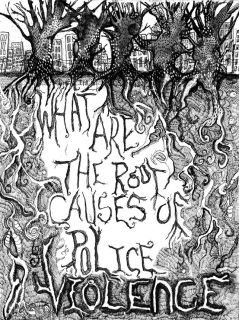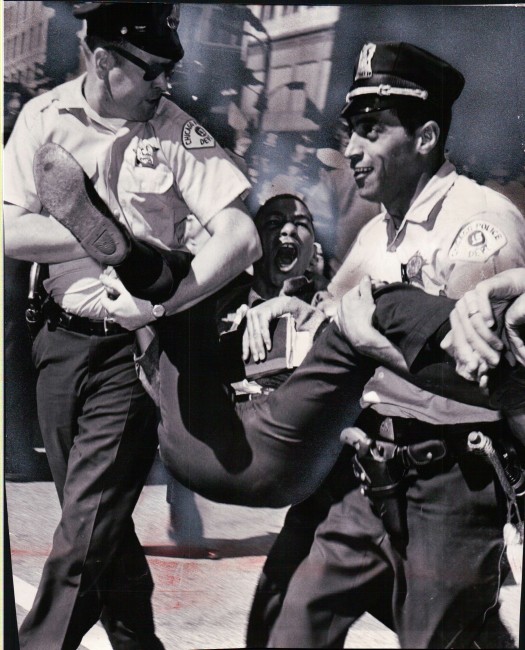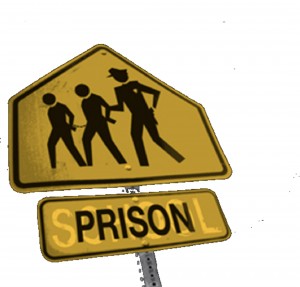Dick Gregory’s Thoughts on Being Jailed for Wanting Good Schools…
I’ve written about my love for Mr. Dick Gregory before on this blog. In 1963, while protesting for school desegration, he was arrested, charged with disorderly conduct & jailed. He wrote about his experiences in Chicago’s Cook County House of Correction in JET MAGAZINE in 1963. Below are his words:
“Hey baby!
“How does it feel to see a real, big-time gangster this close up? You wanna know why I stayed in jail for something I believe in very much. I couldn’t march against segregation in Alabama and Mississippi without protesting it here. I was arrested on disorderly conduct charges because I joined hundreds of Negro parents demonstrating against those mobile units being placed all over the South Side in order to keep the city’s schools Jim Crow. The parents call them Willis Wagons because they are Supt. Benjamin Willis’ personal methods of hauling little colored folks all over the city’s Jim Crow ghetto to keep them from the white kids.
“I was actually put in a cell at the House of Correction. They call it Bridewell. Dig these baggy work pants with the four big rolls on the cuff and the army green, long sleeved shirts. I’d be the sharpest cat in my neighborhood if they let me wear these on the street.
“Man, those boots with the laces up above the ankles are real wild. I’ve been thinking about keeping mine if I get out ‘cuz I want to go to Washington, August 28 and I know there’s gonna be a lot of toes stepped on that day.
“You wanna know how I did my time. Well, some of the guards have it rougher than the prisoners. They have to punch the clock. Actually there’s only one guy in the cell with me, but plenty in the dormitory. I was thinking the other night, if we didn’t get a large Washington turnout, I know why…They got us all in jail.
“After we get up, we go to breakfast. After breakfast, I go back to my cell. The rest of them go to work. Then I had lunch. There’s a lot more baloney around this place than just between two slices of bread.
“Most prisoners are assigned to work details. The officials say race has nothing to do with it. You are assigned on the basis of your training and background and ability. It is all equal. Just like outside. You know what that means.
“I’m gonna write a book exposing this place when I get out. I’ll have a title something like The House of Corruption, That Needs Correction. It has been a real eye opener to be a prisoner and what I’ve seen will fill a book.
“I’ve seen dozens of examples of the greatest injustices of all…guys who wouldn’t even be here except they didn’t get adequate legal help during their trials. And sometimes they have to wait in the House of Correction 30 days to six months to get messed up. A lot of prisoners I’ve talked to complain of this. Most of them leave filled with bitterness and less able to face society then when they were jailed. If this can happen to me and I can afford to pay for legal help, what happens to the millions of poor souls. Guess there is some truth to the axiom ‘Justice delayed is Justice denied.’
“Then I learned about the guys who run this place. It’s a hard cold fact that Negroes with top seniority are passed over for advancement in preference for some white guy. I thought I was fighting racial prejudice and corruption on the outside, but that was nothing compared to in here.
“And they call it a model detention camp. A model for where they would like to put all of us.
“You know I was asked to entertain a bunch of the prisoners in here and I didn’t do it. You know why? Because I am not here as an entertainer, but as a Negro fighting for the rights that every Negro should be fighting for. Dr. Martin Luther King Jr. came to visit me and some other ministers and it was great that these people knew what I was trying to do. My staff told me that the Crescendo Night Club in Los Angeles where I was booked is waiting anxiously for me to get out.
“Few people outside our race really understand the depth of our feelings. I’ve tried to relay the message through satire and comedy, but actions tell better than words and that’s why I went down to that mobile school site … to show how strongly I felt that those “Willis Wagons” should go. “When we win, just think of the news … It’ll be the first time in history that the schools are running away from the kids.”



